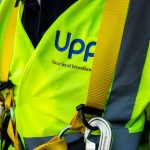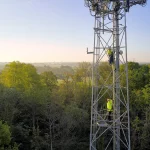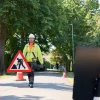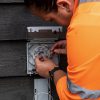Ofcom’s Spring 2018 UK Mobile and Fixed Broadband Coverage Stats
The telecoms regulator has today published an update to last year’s annual Connected Nations report, which uses more recent data from 2018 to provide the latest coverage statistics for UK mobile and fixed line broadband networks. For example, “full fibre” (FTTH/P) now reaches 4% (1.2 million premises).
The original report was published in December 2017, although at that time it was largely based on data captured in May 2017 (fixed broadband coverage) and June 2017 (mobile coverage). By comparison today’s Spring 2018 Update is based on data captured in January 2018, which is useful because fixed “superfast broadband” (30Mbps+) and 4G mobile networks are still being deployed and this helps to reflect that on-going progress.
We’ve also seen another big jump in the availability of fixed “ultrafast broadband” networks (defined by Ofcom as 300Mbps+) from 36% at the last report to 45%, which is largely due to the expanding coverage of Virgin Media’s EuroDOCSIS based Hybrid Fibre Coax and FTTP network (plus their new 350Mbps capable packages).
Advertisement
Naturally the improved fixed line coverage also means that the number of premises that cannot get a decent 10Mbps+ broadband service has continued to fall. Around 925,000 UK premises (3%) cannot get broadband with a download speed of at least 10Mbps and an upload of at least 1Mbps, which is the specification for the UK Government’s proposed broadband Universal Service Obligation (USO).
January 2018 Coverage Figures
The following table summarises the latest mobile and fixed broadband coverage figures for the United Kingdom, although you can get a similar report for each of the UK’s primary regions (England, Scotland, N.Ireland and Wales) by downloading the full Spring 2018 Update (PDF) and scrolling toward the bottom.
Remember that Ofcom now use a much stricter definition for geographic coverage of mobile networks (e.g. they measure by coverage provided by all operators rather than only one with the best cover), which is why their figure is so much lower than those put out by Three UK, Vodafone, O2 and EE.

Advertisement
Take note that that UK government defines “superfast broadband” as starting at the slightly slower speed of 24Mbps+, which is why their own statistics for the national Broadband Delivery UK programme have already been able to achieve the 95% coverage target for January 2018 (here).
Mark is a professional technology writer, IT consultant and computer engineer from Dorset (England), he also founded ISPreview in 1999 and enjoys analysing the latest telecoms and broadband developments. Find me on X (Twitter), Mastodon, Facebook, BlueSky, Threads.net and Linkedin.
« Get Ready for Average Speeds in UK Broadband ISP Advertising

















































Comments are closed